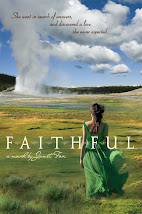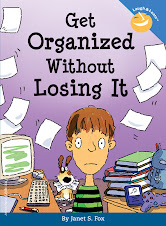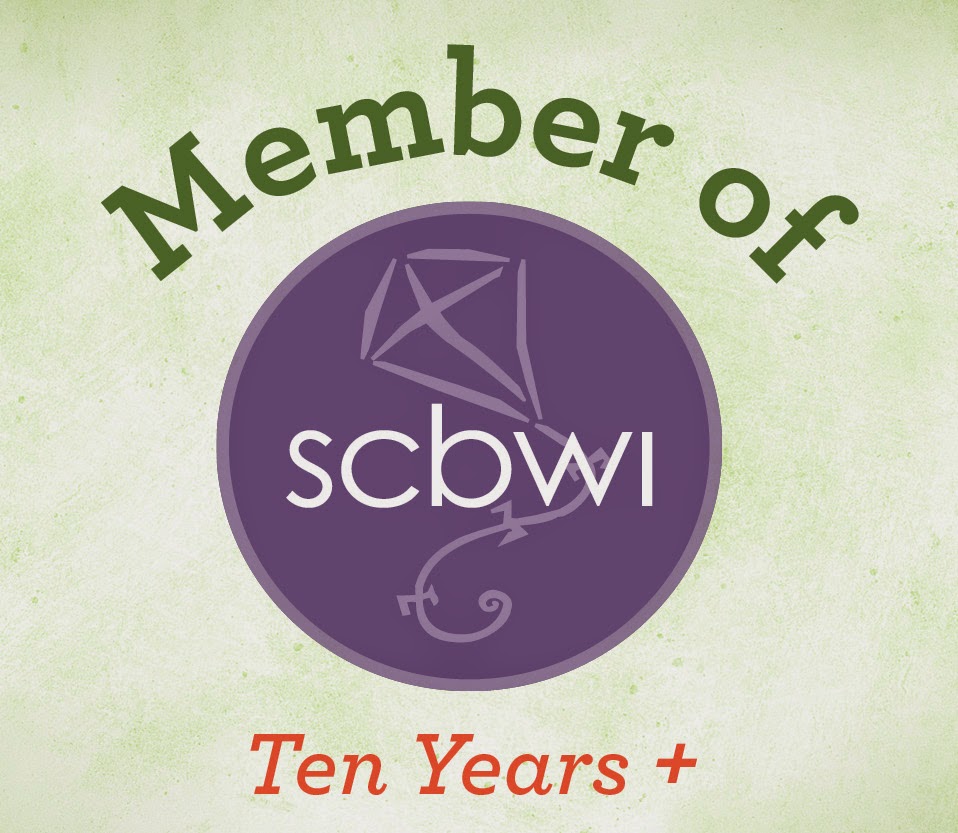Chris is author of the blog Write Like a Pro! and often has valuable tips and topics, so I would urge you to trot on over and have a look.
I've struggled with plot quite a bit - it doesn't come easily to me - and as a result have found myself reading mountains of books that have helped me through the thicket. In my contribution to Advanced Plotting I outlined what I consider to be the crucial plot turning points. Here's some of what I wrote:
Traditional plots contain turning points, or transition points – points in the plot at which your protagonist’s problem-solving action turns in a new direction. Turning points are important because they serve to increase tension and thus reader interest.
Put it this way: turning points are the significant moments of change in your story.
Beginning with Aristotle, who defined three-act structure, a number of writers and critics have identified these points and where they usually occur in the plot and given them names and relative value. There are seven especially important turning points. In order of appearance they are: the inciting incident; plot point one; pinch one; midpoint; crisis; plot point two; climax.
Before I discuss where these turning points occur in the plot, I’d like to explain what I mean by how the protagonist’s action “turns.” Your protagonist has an identifiable goal and must surmount a number of increasingly difficult obstacles. Each time she thinks she’s closing in on her goal, some new obstacle arises and forces her to “turn” to a new method of solving her problem. Until the climax of the story, she is unable to resolve the problem, and with each turn the stakes are raised.
In the article that follows this intro I outline each turning point, noting where it should fall (roughly) in the plot, and giving an example to demonstrate.
Here's how I close:
When I finish my first drafts I use a plot chart to see whether I’ve placed these seven turning points roughly where they should be according to page count. (Let me emphasize the word “roughly”. A plot template should be used to help guide you, not constrain you.) I divide my manuscript into the three acts and then note where the turning points should be by page count. I also note whether their relative values are correct – if plot point two has higher tension and drama than my climax, I’d better revise.
There are tons of great articles in Chris's book, and until September 3, you can download a copy for free! Go to this url and enter the promotional code PS76M. I hope Advanced Plotting advances your work in every respect.



























































